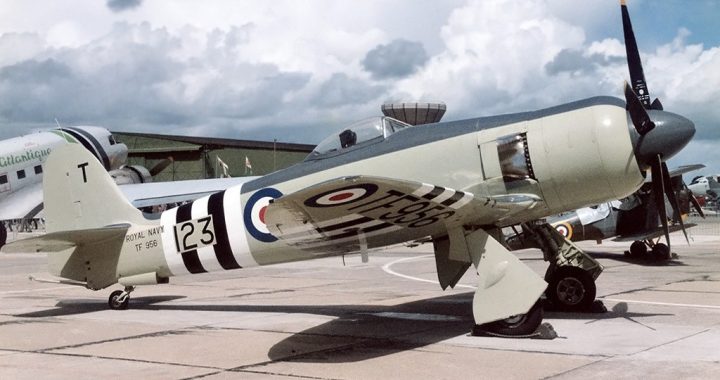Interesting facts about the Hawker Sea Fury; British Royal navy’s last Propeller Driven Aircraft
The aircraft for today is the one that served the British Royal navy as their last propeller-is driven fighter aircraft; the Hawker Sea Fury. The aircraft was designed and manufactured by a company named Hawker Aircraft. The origin of the aircraft came from back in the World War II-era when it was also completed and … Continue reading Interesting facts about the Hawker Sea Fury; British Royal navy’s last Propeller Driven Aircraft
